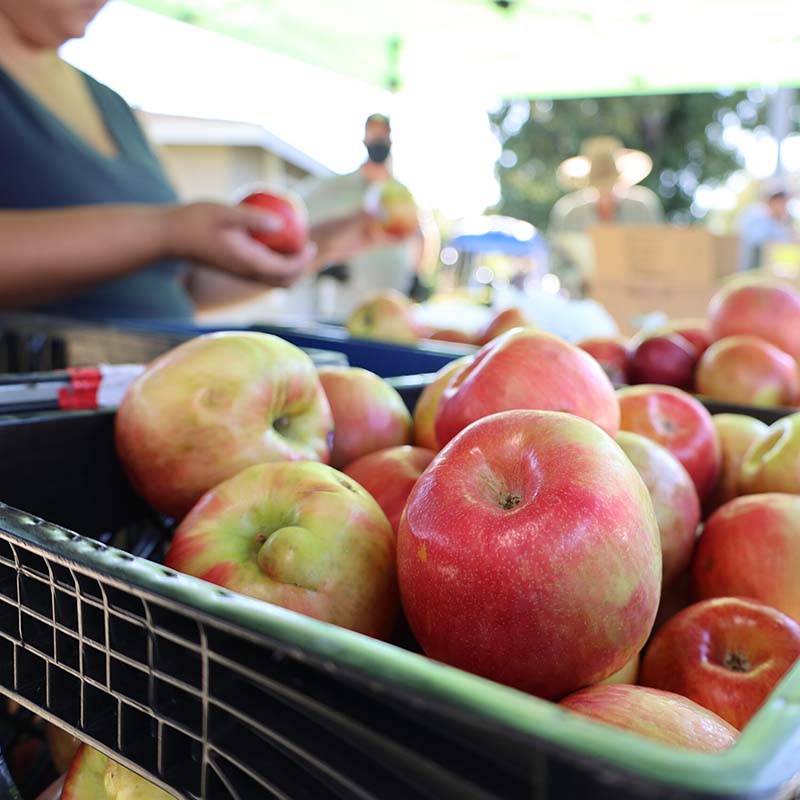
Can I still eat this?

By: Brian Penny - Senior Outreach Associate
November 12, 2021
I get this question from my friends all the time. A couple days past the “Expiration” date and they wonder, maybe I should call BP and see if it can be eaten? Did you ever really think about the dates that are on printed on our food? I had not until I started working with Abound Food Care. On one hand, sometimes it is difficult to find the date. On the bottom of the container after you have opened it is a pain right? On the other hand, you may also find that the dates are born-on dates or an opportunity for manufacturers to sell product to retail stores such as grocery stores and supermarkets.
Different products have different shelf-lives based on lots of factors. It is usually simple to determine if produce, meat, or bread are no longer edible. They look and smell terrible. Mold spores and slime on the outside of the product is a clear sign to not eat it. However other products such as canned foods are so much easier. There are truly little government regulations that involve food freshness. Did you know that the only federally regulated “good by date “is baby formula? Infant formula is the only food product mandated by the U.S. Food and Drug Administration (FDA) to print a “use by” date. If formula is stored too long, it begins to separate and can clog the nipple of a baby bottle.
Here are some definitions:
“Best if used by/before.” This guarantees when a product is of the best quality or flavor. For instance, a jar of salsa may not taste as fresh, or crackers may be soft instead of crisp after this date. It’s not about safety.
“Sell by.” This is the date set by manufacturers to tell retailers when to remove the product from shelves. The goal is to ensure that the consumer has the product at its best quality, which can be several days to several weeks, depending on the item. For instance, milk, assuming proper refrigeration, should last five to seven days past its sell-by date before turning sour.
“Use by.” This is the last date that guarantees the best quality of a product. This is also not a safety date except when used on infant formula.
In many cases, dates are conservative, so if you eat the food past that date, you may not notice any difference in quality, especially if the date has recently passed.
Ninety percent of Americans misinterpret the dates on labels, according to a recent study from the Natural Resources Defense Council (NRDC) and throw out food that could still be consumed or frozen for later use. As a general rule, most canned foods can be stored for two to five years, and high-acid foods (canned juices, tomatoes, pickles) can be stored for a year or even 18 months, according to the USDA. Watch out for dents and bulges in cans, however. That might be a sign it’s time to toss those products.
This article by the Washington Post highlights the Consumer Reports investigation on these labels.
If you’re still not sure whether a product or item is worth saving past its date label, a free app the USDA created, FoodKeeper, will help you determine how soon a specific item — including oats, coconut milk and maple syrup — should be consumed if it’s stored in the pantry or how long it will last in your refrigerator once it’s opened.
You can also visit Footprint and this great article about how the food you waste impacts the environment.
So be careful on throwing away food just because of the date written on the package. We all need to do our part on reducing food waste in the landfills because that food becomes methane emissions. There also may be a place you can donate the packaged food you do not want anymore. Let Abound Food Care find a home for your donation and contact us www.aboundfoodcare.org.


